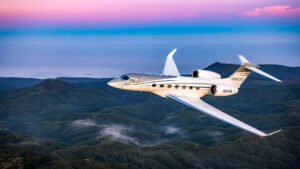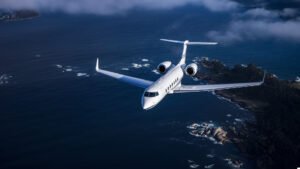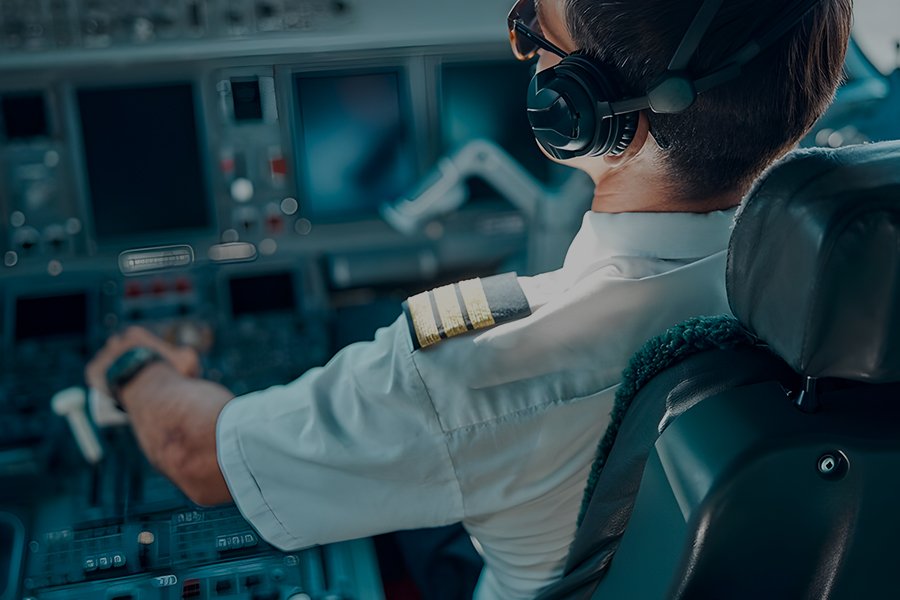In recent years, Brazil and the South American region have experienced remarkable growth in the private aviation fleet. This phenomenon is due to several factors, including increased wealth and economic prosperity in the region, which has led more people to purchase private aircraft for personal and business use. In addition, the growth of the luxury tourism industry has contributed to increased demand for private aviation services in exclusive destinations in South America.
Another factor that has driven the growth of private aviation in Brazil and the region is the improvement of airport infrastructure. Significant investments have been made in airport expansion and modernization, which has facilitated aeronautical access and made it more convenient to use private aircraft for business and leisure travel. This has allowed more people to consider the option of acquiring a private aircraft as a viable alternative for their transportation needs.
Having made this introduction, according to statistics and indicators of ABAG (Associação Brasileira de Aviação Geral), at a general level, on the values of 2022, during the last year (2023) the fleet of general aviation aircraft is 9990, this yields an increase in the order of 4.0%. Of which 59% or 5,935 units correspond to piston aircraft, showing an increase of 0.4% compared to the same segment in 2022.
 Secondly, if we talk about the turboprop aircraft niche, we observe an increase of 12.1%, which translates into 1,766 aircraft, being 18% in total values. Now, to a lesser extent, but still growing, we find the jet market, which gives us 841 units, reflecting 8% of the total, and an increase of 7.8%, contrasted to the values of 2022.
Secondly, if we talk about the turboprop aircraft niche, we observe an increase of 12.1%, which translates into 1,766 aircraft, being 18% in total values. Now, to a lesser extent, but still growing, we find the jet market, which gives us 841 units, reflecting 8% of the total, and an increase of 7.8%, contrasted to the values of 2022.
Consequently, taking into account the large helicopter operation and the rotary wing activity in the region, we see a decrease in the number of piston helicopters, whose decrease corresponds to -0.8% forming 3% of the total value and about 243 aircraft. However, the same situation does not correspond to the turbine helicopters, which increased their number by 9.8%, reflecting 1200 units, making up 12% of the total percentage.

In conclusion, the exponential growth of the aeronautical fleet is due to a combination of factors, improvements in airport infrastructure, economic strengthening and the search for greater comfort and flexibility on the part of travelers. This continued growth indicates the growing interest and demand for private aviation services in the region, which could result in a boom for the aerospace industry and the tourism sector in the future.

